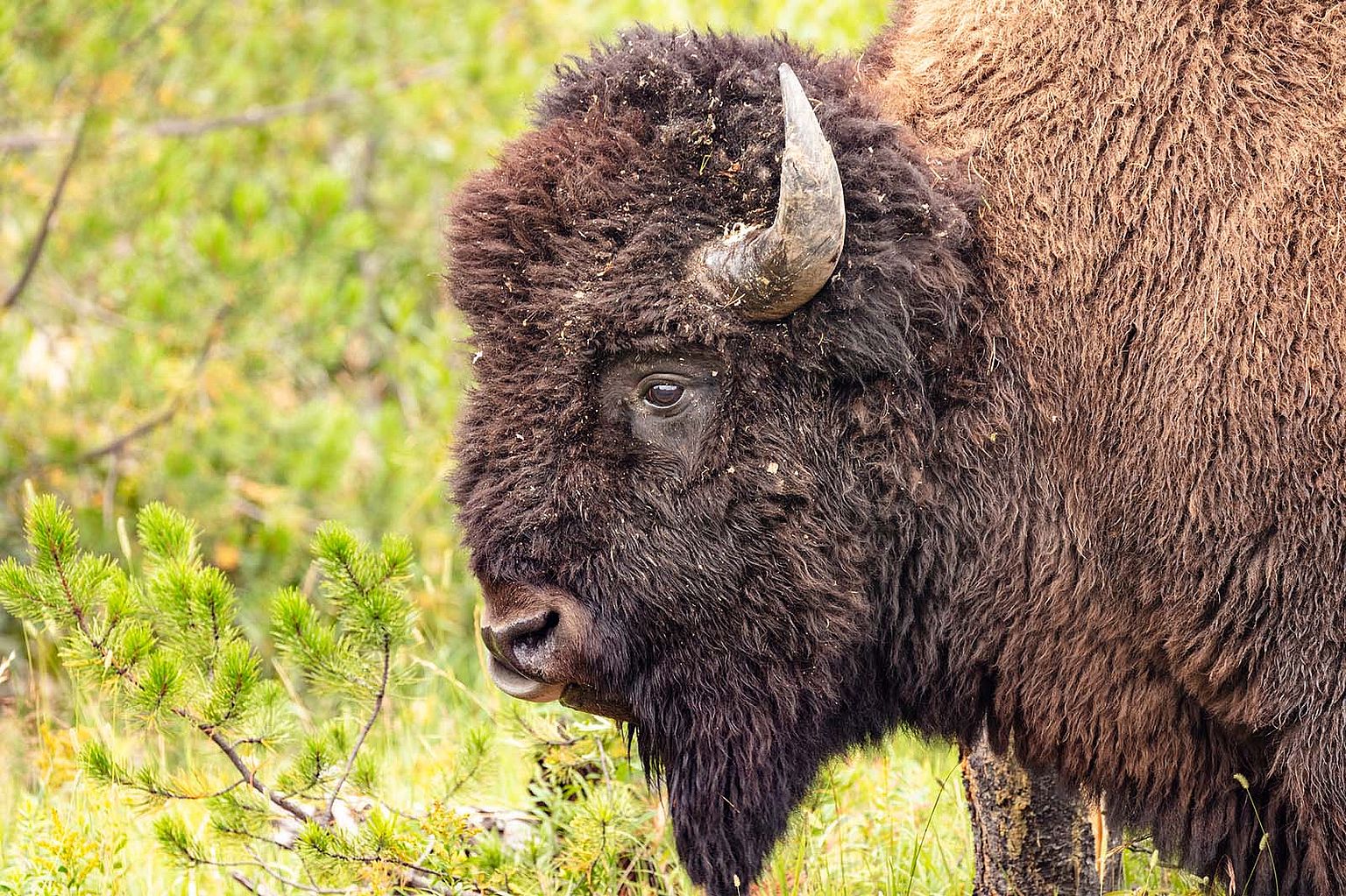Yellowstone: For the Benefit and Enjoyment of the People
Past Exhibition: March 19, 2022 – January 29, 2023
This exhibition is now closed
Encountering a national treasure and natural wonder – the Greater Yellowstone Ecosystem – through the eyes of many: Using artwork, photos, artifacts, and even early touring vehicles, this exhibition showcased how various groups of individuals—from Indigenous peoples, fur traders, tourists, artists, scientists, and more—have considered the Yellowstone Ecosystem a thoroughfare, a destination, or a home.
In the Anne and Charles Duncan Special Exhibition Gallery on the Lower Level.
This exhibition closed on January 29, 2023.
Video Introduction
View the video that served as an introduction to the Yellowstone: For the Benefit and Enjoyment of the People exhibition, which was on view during the 150th anniversary of the establishment of Yellowstone National Park.
In recognition of the 150th anniversary of the creation of Yellowstone National Park, Yellowstone: For the Benefit and Enjoyment of the People considered the natural evolution of the Yellowstone Ecosystem as a place and culturally as an idea. The unique landscape, shaped by the geological processes of the last 150 million years, serving as a land of convergence for more than 15,000 years.

Archeological sites and oral traditions document that indigenous people resided within the region for thousands of years before the establishment of Yellowstone National Park. People from the nations of the Shoshone, Sheepeaters, Crow, Nez Perce, Bannock, and many others, harvested bison, bighorn sheep, and other resources in Yellowstone for generations. Today, at least 27 tribes continue to steward the sacred sites, places, and landscapes of this incredible region.
As Euro-American colonization advanced, fur traders and miners traversed the area to obtain fur and gold for profit. Upon hearing about the vast natural wonders of Yellowstone, railroad companies and concessionaires promoted the location for recreational purposes. Many tourists, artists, photographers, and writers expressed their sense of place within the region to broader audiences through their inspiration. Increased visitation to Yellowstone National Park and outside demand for its natural resources instigated increased federal oversight throughout the ecosystem. Governing agencies such as the United States army, Forest Service, and National Park Service implemented conflicting management policies that reshaped the development of resources and wilderness areas throughout the American West. The scientific research of naturalists, wildlife biologists, and ecologists continually informs people about the unique biodiversity of Yellowstone, as well as threats to its stability.
People’s concerns regarding the Yellowstone Ecosystem’s economic development, conservation, or preservation have long generated tension and debate over how to best shape the region’s benefits and enjoyments. As illustrated through our rich collections, this exhibition showcased the various individuals who considered the Yellowstone Ecosystem a thoroughfare, a destination, or a home. Visitors to the Center learned about an intriguing history of how diverse cultures shaped different interactions with natural resources, influencing the ecosystem and themselves for thousands of years. From the earliest indigenous people to modern visitors, diverse identities and cultures benefited from the extraction of the region’s natural resources, in addition to enjoying the natural wonders of the Yellowstone Ecosystem. Yellowstone: For the Benefit and Enjoyment of the People reconsidered how Yellowstone evolved culturally as a sense of place, time, and continuity.